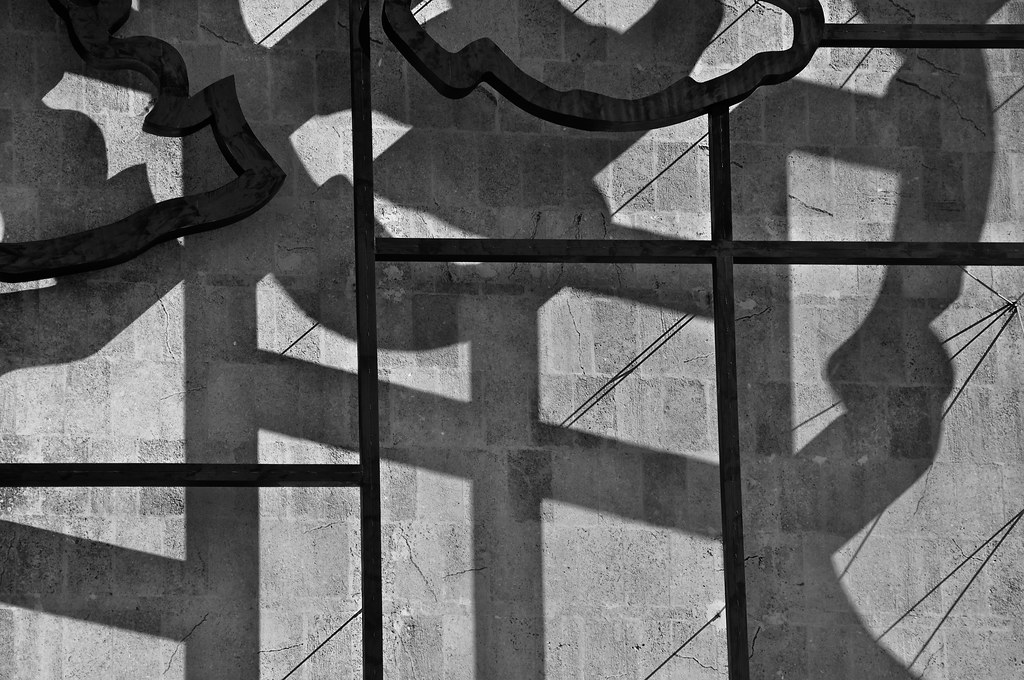
A visit to Cuba launches you into an understanding of revolutionary and totalitarian hagiography. The likenesses of the heros of the revolution—Fidel, Che, and other less well-known revolutionary generals—are everywhere you look. This includes private spaces—it’s dangerous not to have photos of Che or Fidel in your home or place of business—and every public area.
In part, this use of the images of the revolutionary generation is made possible because Fidel and Che were so photogenic and so widely photographed by Alberto Korda and others. For a time, Korda was Che’s personal photographer. A deep feeling for religion simmers beneath the surface in Cuba, and framed hagiographic photos of the martyred Che have replaced more traditional Catholic tchotkes of the martyred saints in souvenir venues.
One place where this hagiography ventures over the line into caricature and cartoon is Revolutionary Square in Havana. Huge, ugly, neo-Stalinist sculptures dot this vast and arid public space. Getting too close to one of these sculptures with my camera, I was menaced by guards with automatic weapons and beat a hasty retreat.
A notorious feature of the art in Revolutionary Square are the wire sculptures that decorate the sides of some of the larger buildings. These are huge in scale, perhaps ten stories tall. They are mounted into the cement on the sides of the buildings and stick out far enough to cast shadows. Each wire sculpture shows a caricature profile of a revolutionary hero.
This photo shows an abstracted detail of the Che Guevara wire sculpture. I used the photo on page 53 of Creative Black & White to demonstrate the way strong shadows could help create an interesting monochromatic composition when patterns are involved.
For more of my stories about my trip to Cuba, check out the Cuba category on my blog.